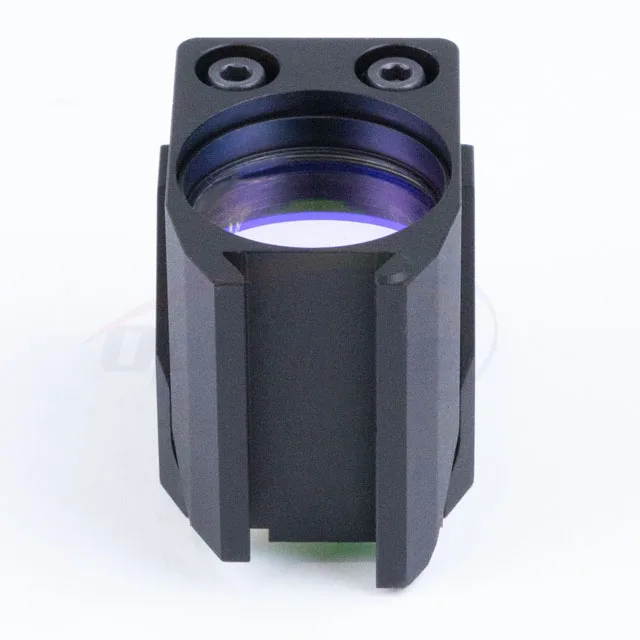Microscopy plays an important impact in logical exploration, medical care, and endless different fields by permitting us to investigate the moment subtleties of the microcosm.
With regards to buying microscopy gear and embellishments, accuracy and quality are central. One such frill that can have a significant effect on your microscopy work is a magnifying lens channel.
In this article, we will share with you the various benefits of deciding on Optolong microscopy filters and why it could be a savvy decision for your examination or expert necessities.

how to work the Optolong microscope filter?
Working with a Optolong microscope filter is a straightforward process, but need to handle it with care. For your better concern, Here’s a step-by-step guide on how to work with a microscope filter:
1. Prepare Your Microscope:
Make sure that your microscope is set up and ready for use. The filter should be placed in the proper filter slot or filter cube of the microscope, which varies depending on the microscope model and the type of filter you are using.
2. Choose the Right Filter:
Select the microscope filter that best suits your research needs. Optolong offers a range of filters designed for specific applications, such as fluorescence, polarized light, phase contrast, and more. Now, you need to choose the appropriate filter for your microscopy technique and the type of sample you are examining.
3. Insert the Filter:
Gently insert the Optolong fluorescence microscope filter into the filter holder or filter turret of your microscope. Be careful not to touch the filter surface with your fingers. Because the filter can contaminate your skin. If you, unfortunately, touch the filter, use a clean, lint-free cloth to gently clean it.
4. Align the Filter:
Depending on the type of microscope you’re using, you may need to align the filter properly.
5. Adjust the Microscope Settings:
Once the Optolong microscope filter is in place, you may need to adjust your microscope settings to optimize the filter’s performance.
6. Capture Images or Observe Samples:
With the filter in place and your microscope settings adjusted, you can start capturing images or observing your samples.
7. Maintenance and Cleaning:
After using the fluorescence microscope filter, it’s crucial to handle it with care. Store the filter in a protective case or a clean, dust-free environment to prevent damage or contamination.

Advantages of Optolong microscope filter
Optolong microscopes filters are known for their quality and precision. When it comes to microscope filters, there are several advantages to using fluorescence filters, including:
Superior Optical Quality: Optolong microscope filters are intended to keep up with the most elevated optical quality, guaranteeing that the pictures you notice are clear and exact.
Anti-Reflection Coatings: Optolong filters accompany intelligent coatings, which decrease brightness and undesirable reflections, prompting better picture quality.
Customization: Optolong can provide customized filters to meet specific research or application needs, giving researchers flexibility.
User-Friendly Design: Optolong’s filters are often easy to install and use, making them suitable for a wide range of users, from novices to experts.
Research-Grade Performance: Optolong filters are favored by researchers and professionals in fields such as biology, medicine, and materials science due to their high performance.
Trusted Brand: Optolong is a well-established and trusted brand in the field of microscopy, known for producing high-quality equipment and accessories.
Finally, We can say that, When your research hinges on the clarity and precision of your imaging, choosing a fluorescence filter is a decision that can significantly enhance your scientific journey.
